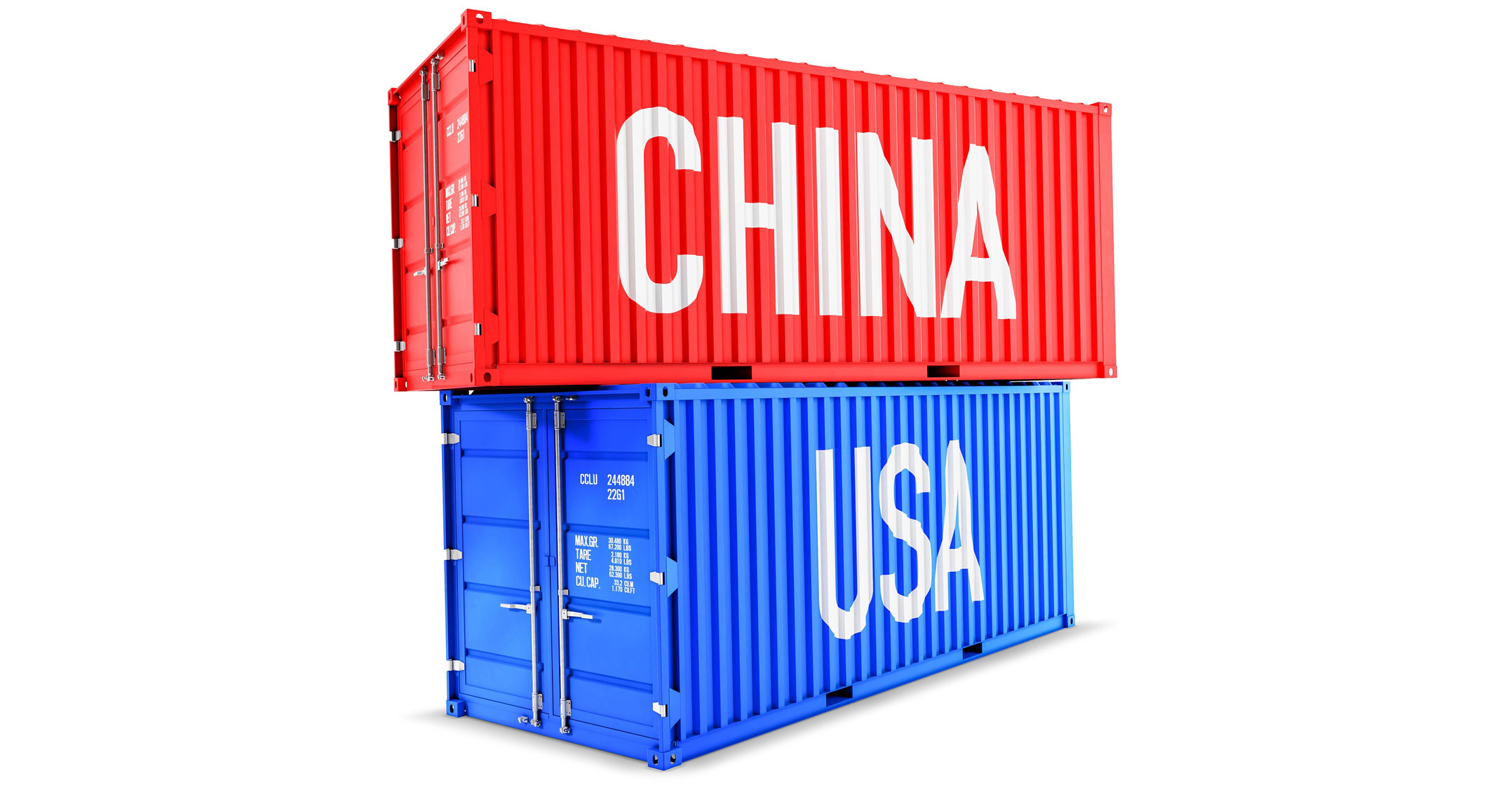 Ever since Donald Trump fired the first shot in the US trade war with China, one technology company has been sitting in the middle, trying to avoid the crossfire. It’s wonderful to be able to sell weapons to all sides, until one forces you to choose. Taiwan Semiconductor Manufacturing Co is in the enviable position of being a critical supplier to both countries. The company, headquartered in famed Hsinchu Science Park, makes the world’s most advanced chips for the likes of Apple, Qualcomm, Nvidia and Huawei Technologies.
Ever since Donald Trump fired the first shot in the US trade war with China, one technology company has been sitting in the middle, trying to avoid the crossfire. It’s wonderful to be able to sell weapons to all sides, until one forces you to choose. Taiwan Semiconductor Manufacturing Co is in the enviable position of being a critical supplier to both countries. The company, headquartered in famed Hsinchu Science Park, makes the world’s most advanced chips for the likes of Apple, Qualcomm, Nvidia and Huawei Technologies.
The US fear, as portrayed by the White House, Pentagon and commerce department, is that allowing China to procure the world’s best semiconductors while America is unable to make them at home is an urgent and critical national security threat. That’s spurred a two-pronged strategy in recent years: limit Chinese access to and development of chip technology, and bolster domestic prowess.
TSMC’s strategy has been to stay neutral. It has most of its capacity in Taiwan, one new and one not-so-new factory in China, and an old facility in Washington state. A year ago, I wrote that chairman Mark Liu had politely pushed back against pressure to expand in America, citing the steep costs. I concluded: “TSMC won’t be able to sit on the fence forever. While Liu may want to just make chips, he’ll eventually have to make a choice.”
That day has come.
The coronavirus pandemic has highlighted Washington’s need to protect supply chains from disruption, and heightened concerns about reliance on Taiwan, as the Wall Street Journal reported over the weekend. To that end, the administration is pushing hard to get chip makers, including Intel, TSMC and Samsung Electronics, to expand in the US, and to use their best technology, the WSJ wrote.
Unsurprisingly, Intel is making the case that the US should strengthen its domestic production for “geopolitical” reasons. The company has most of its staff, and more than half its plants and equipment, in the US, including manufacturing in Arizona, New Mexico and Oregon.
Fallen behind
While best known for supplying processors used in PCs and servers under its own name, Intel also operates a foundry business that does contract manufacturing using clients’ own designs. Once the world leader in chip production, the Santa Clara, California-based company has fallen behind and now trails TSMC and South Korea’s Samsung.
Intel clearly sees an opportunity. If it can convince defence and commerce officials that it’s in the national security interest to mandate that at least some chips be made domestically, then it may have a shot at getting back into the foundry game.
TSMC has been trying to push back, or at least to get a seat in the policy discussions. It recently hired former Intel lobbyist Peter Cleveland to coordinate its efforts in Washington. As the old saying goes, “If you’re not at the table, then you’re on the menu.”
 But the other aspect of American strategy may be harder for the Taiwanese company to negotiate. Beyond expanding domestic capacity, Washington wants to limit Chinese access. To do so, the Trump administration is considering new rules to curb the use of US equipment and materials in making chips for the likes of Huawei, arguing that the Chinese company is a conduit for Beijing’s espionage.
But the other aspect of American strategy may be harder for the Taiwanese company to negotiate. Beyond expanding domestic capacity, Washington wants to limit Chinese access. To do so, the Trump administration is considering new rules to curb the use of US equipment and materials in making chips for the likes of Huawei, arguing that the Chinese company is a conduit for Beijing’s espionage.
That’s put TSMC and numerous other companies in a difficult position. The American market accounted for 59% of its sales last year, against 19% for Chinese clients. Yet the growth momentum clearly favours the world’s largest country, which is focused on developing components used in artificial intelligence, 5G communications, surveillance and possibly weaponry.
TSMC has attempted to play Switzerland. A year ago, the company was sticking with the line that, “We are everybody’s foundry.”
Washington increasingly wants TSMC to be its foundry alone. Pressure has ramped up significantly over the past year, with the long list of US clients and significant revenue contribution being used as a battering ram to make the point that America is the side to choose. Ten years ago, when Taipei-Beijing relations were friendlier, companies may have leaned toward China. Today, with China showing increasing belligerence and the US supporting a greater global voice for Taiwan, the mood has shifted.
It’s true that China is an important and growing market — Beijing has used that momentum to bring global companies to its shores — yet it won’t replace the US in terms of size or technology leadership in the next 20 years. To assuage concerns, and win a reprieve on restrictions about supplying to China, TSMC has little choice but to offer something to the Americans.
After years of delay and resistance, it’s time for TSMC to build a shiny new factory in America. Expect to hear the company announce concrete plans, and large dollar figures for US investment, in the next year or so. — By Tim Culpan, (c) 2020 Bloomberg LP

